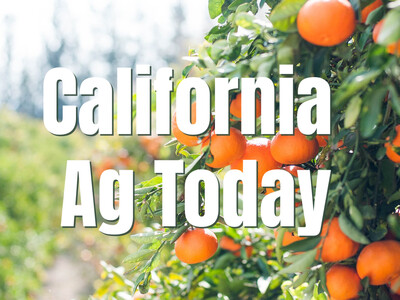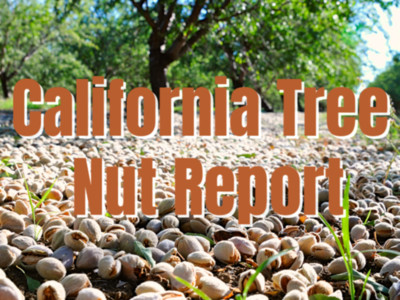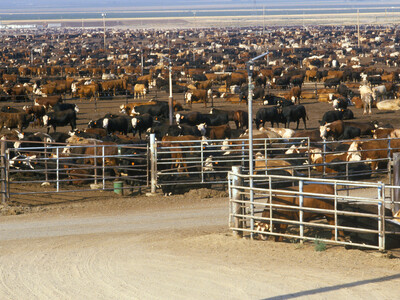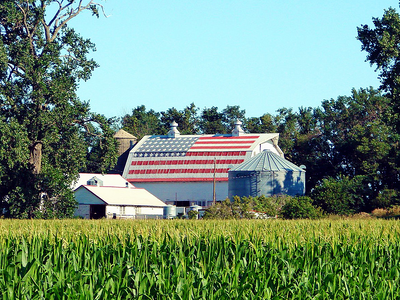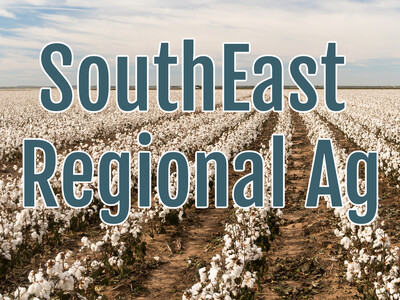Adopting dairy technology
The Association of Equipment Manufacturers, the National Dairy Producers Federation, and Dairy Farmers of America issued a report on modern technology in the dairy industry. The new technology has positively impacted consumers, dairy farmers, and cows during the past 15 years. Chad Huyser, president of Lely North America says dairy farmers are starting to adapt to the new technologies because there are a lot of benefits to it.“This innovation, this technology equipment that we're able to provide now is offering such tremendous valuable data to help these farmers make better decisions. And the data really becomes where a lot of farmers tend to gravitate towards to help understand how to make a better decision for their animal because we want to keep our focus very much on the heartbeat of a dairy operation, and that's the dairy animal. There's a lot of opportunities to have discussions around ways that they can enter technology and bring that onto their operation.”
He talks about some of the steps that can lead to more technology adoption.
“That's interesting because we're always looking at ways to remove or lessen some of the barriers. And if you think about adoption, in general, you're talking about adopting a new way of thinking, a new way of managing, maybe new types of equipment or data, so that's one area. The other thing is increasing adoption. You need to have a financial story. You need to talk about finding new and more ways to help that dairy producer grow farm income. Can we take away some of the volatility they might have in input costs? We talked about managing labor or feed costs, two of the most significant cost drivers. Oftentimes, just helping a producer manage through the peaks and the valleys of milk prices by having more fixed or more predictable cost prices are important, and technology can play a role in that.”
Adopting new technologies can help farmers go a long way in improving the sustainability of their operations.
“We believe the core of that unlocking or focus on that sustainability piece is really giving them all the tools and the data from those tools to help them really understand what's going on in their operation. How they're managing water. What are the nutrient demands in those fields? If you think about producing an acre of forage, we want to help them manage that in terms of how much can we harvest from that piece of property? How do we get the most out of that feed ration, so that the animal is being as efficient as she can be in utilizing that pound of whatever that feedstock might be? We start to have so much information about the behavior and the way that animal produces and works, and how we can positively impact that. That is a huge part of the sustainability piece, if we look at how we're going to continue to produce and harvest fluid milk into the future.”
The dairy industry set a goal of carbon neutrality by 2050, and Huyser talks about the next steps for getting there.
“We tried to look back and say here's what we believe we've accomplished through the data we gathered over the last 15 years, and then we take an attempt to project out what would the coming five to eight or ten years look like, and I think the study does a nice job of highlighting that. So, if we can see some of those increases of adoption of technology and this correlation of data that I've talked about, we're going to see continued advantages around that investment. We're going to keep innovating, both in the hardware and the nuts and bolts as well as in the data analytics. That's a part of our industry that is just exploding. The role we're going to play is find new and innovative ways to keep those solutions in the hands of those farmers that we know are there for the long term.”
The report was released at this year’s World Dairy Expo in Wisconsin. To download and view the entire study, please visit www.aem.org forward slash, insights.






